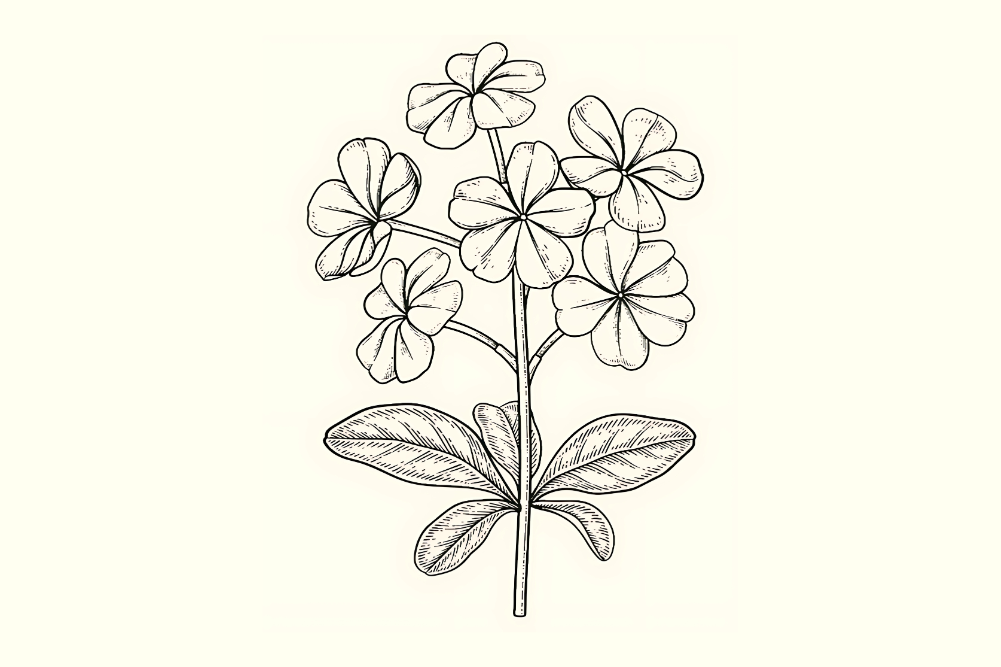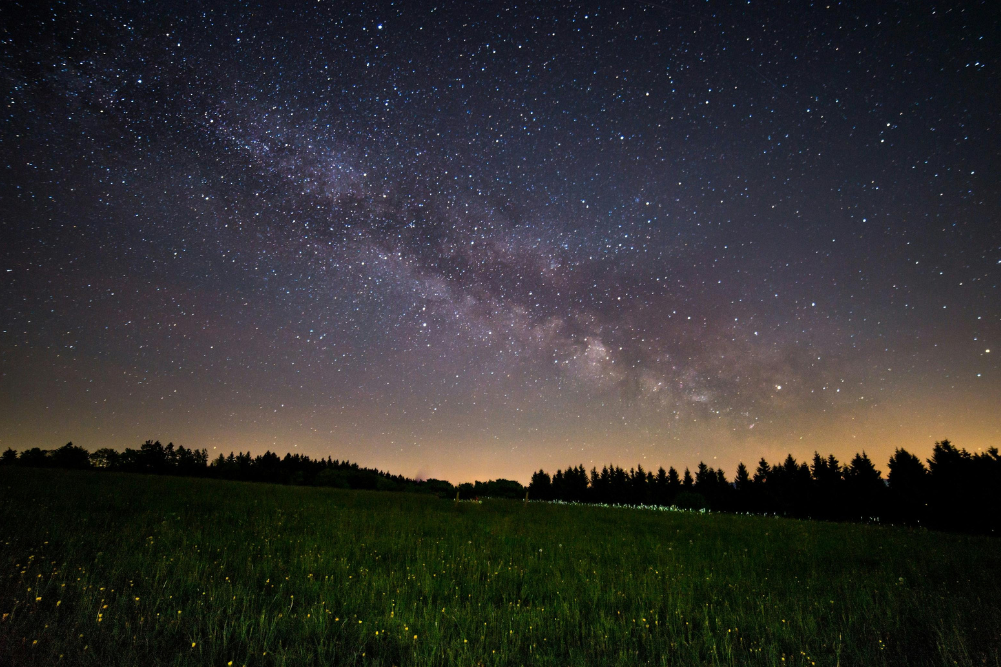Sunlight used in manufacturing nitrogen fertilisers
Fertilisers supply important nutrients to foster the growth of crops and plants and are used regularly in agriculture, particularly nitrogen based fertilizers.
Manufacturers who make nitrogen-based fertilisers, pharmaceuticals and industrial chemicals make it by pulling nitrogen from the air and combining it with hydrogen.
There is plenty of nitrogen in the atmospheres making up about 78 percent of air. But it is hard to extract it as it is locked between two pairs of atoms called N2. The bond between these two atoms is the second strongest in nature.
As a result, a lot of energy is expended to split these two atoms and allow nitrogen and hydrogen to combine.
The researchers used computer modelling to simulate nanostructures made from gold to which they added molybdenum to its surface as it can split nitrogen molecules.
Most manufacturers use the Haber-Bosch process – a 100-year-old technique which exposes the N2 and hydrogen to an iron catalyst in a chamber heated to 400 degrees Celsius.
This process takes up a lot of energy, accounting for 2 percent of the world’s energy use each year.
Researchers from Princeton University wanted to find a way to make this process sustainable and wanted to know if they could use sunlight to weaken the bond between the two atoms which would then radically change the way nitrogen-based products are manufactured.
Light has a unique behaviour when it interacts with metallic nanostructures smaller than a single wavelength of light.
Among other effects taking place, the phenomenon, called surface plasmon resonance, can concentrate light and enhance electric fields.
The research team believed that they could use plasmon resonance to increase the catalyst power to split apart the nitrogen molecules.
The researchers used computer modelling to simulate nanostructures made from gold – belongs to a class of metals that includes copper and aluminium and can be shaped to produce surface plasmon resonance – to which they added molybdenum to its surface as it can split nitrogen molecules.
The plasmonic surface concentrates a large amount of light energy on a small area. As a result, this concentration of light can boost molybdenum’s power to split apart the nitrogen atoms.
The researchers used computer simulations to model light’s behaviour on this surface made of gold and molybdenum.
The calculations derived by researchers indicate that plasmon resonance technique should be able to reduce the amount of energy needed to split the nitrogen molecule and it may be possible to detach that nitrogen molecule at room temperature and at a lower pressure than what is required by the currently used Haber-Bosch process.
This indicates that substantially less energy is needed in the manufacturing of nitrogen-based products by using sunlight.
Replacing traditional high energy, high temperature and high pressure-based manufacturing processes with ones that are sunlight-drive and room temperature processes, manufacturers can use sustainable chemical production while reducing dependence on fossil fuels for energy.
Source: Science Advances








